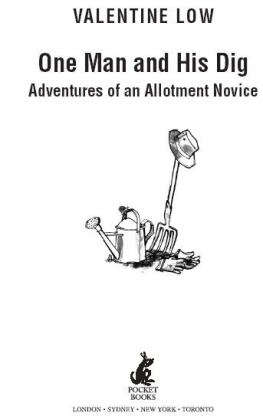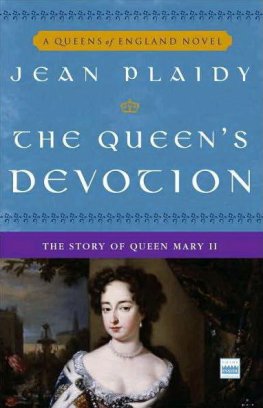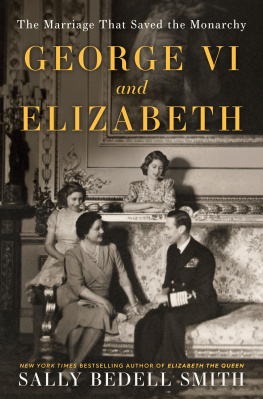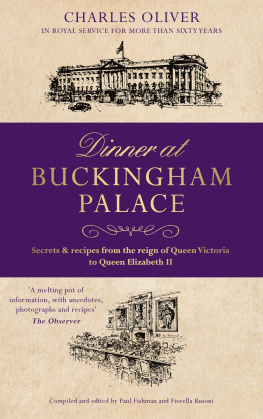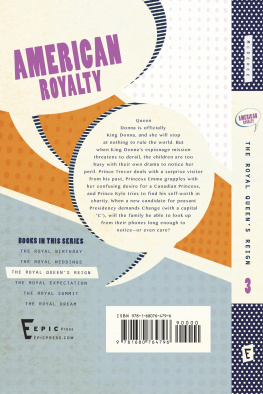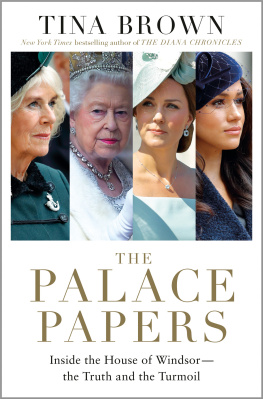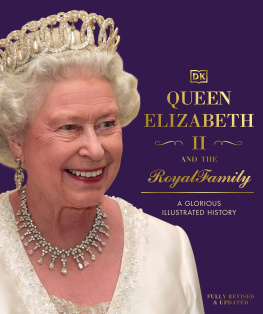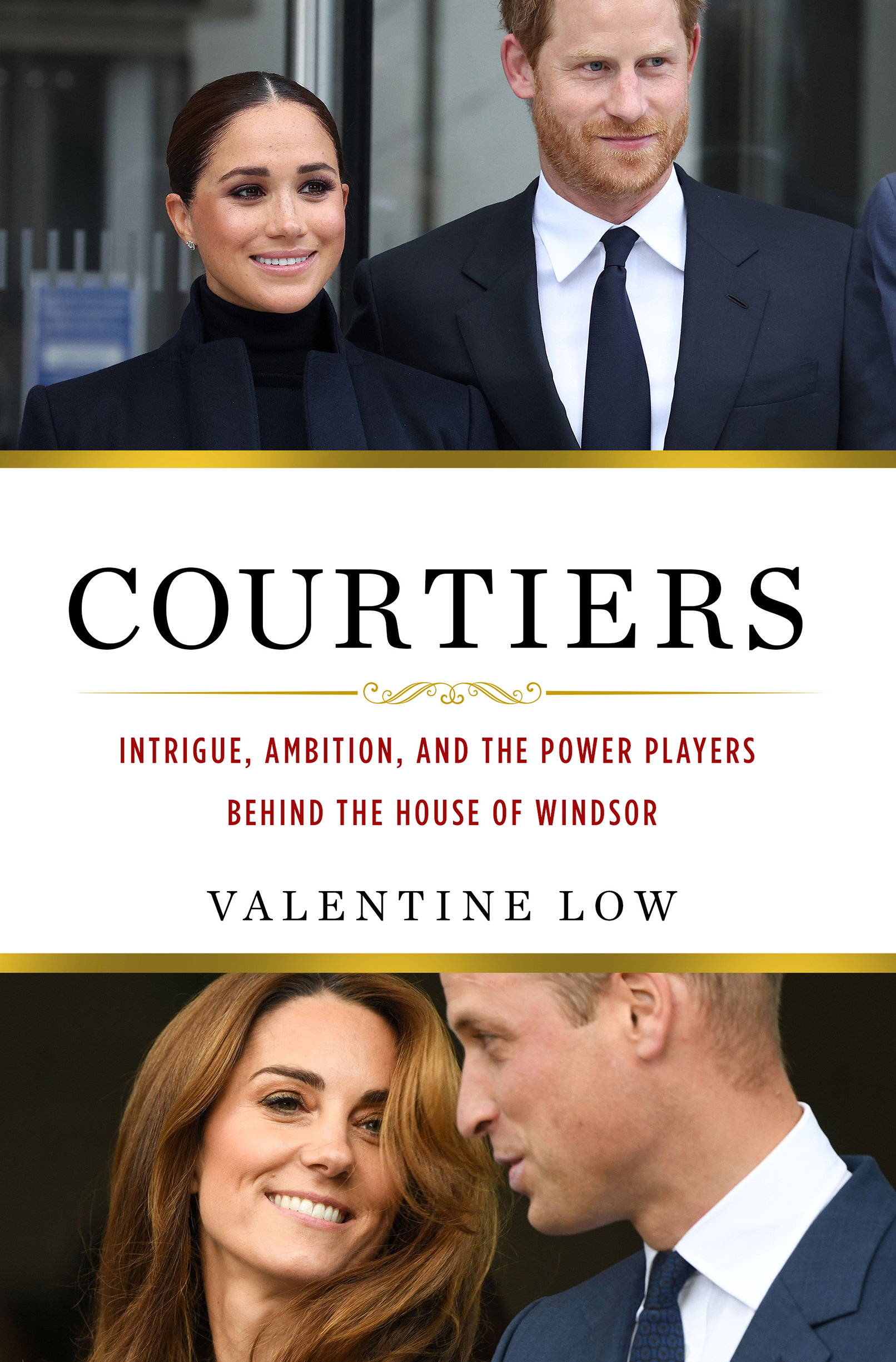Contents
Guide
Pagebreaks of the print version

The author and publisher have provided this e-book to you for your personal use only. You may not make this e-book publicly available in any way. Copyright infringement is against the law. If you believe the copy of this e-book you are reading infringes on the authors copyright, please notify the publisher at: us.macmillanusa.com/piracy.
To JT, at last
On the afternoon of September 8, 2022, Her Majesty Queen Elizabeth II, the longest-reigning monarch Britain had ever known, died at Balmoral Castle in Scotland, aged 96.
Although long anticipated, and long planned for, it was a moment in history that came too late to be included in this book.
Prince Charles, who had waited so long to succeed his mother, became King Charles III. His elder son, William, became the Prince of Wales.
The courtiers too saw their lives change. Sir Clive Alderton, Charless right-hand man, became the Kings private secretary. Sir Edward Young, who had advised the Queen for the last years of her life, was kept on for a few months. But it was made quite clear that he did not have a long-term future at the palace. Others were told they could lose their jobs.
It is a precarious existence, the life of a courtier. It always has been, and always will be.
Sydney, Australia, 26 October 2018
It used to be a standard part of a royal tour, the moment when the royals would venture to the back of the plane, where the media were sitting, to say hello and share a few thoughts about how the trip was going. But this tour by the Duke and Duchess of Sussex was different. It had started off with a bang, with the announcement that Meghan was pregnant, and in many ways had been a success. Harry and Meghan had proved extremely popular in Australia, and their engagements in Fiji and Tonga had also gone well.
Harry had come a long way from the days when he was better known for his laddish exploits than his service to Queen and country. Strip billiards in Las Vegas may not have been forgotten, but it was certainly forgiven. His creation of the Invictus Games for injured servicemen and women was an extraordinary and much-valued achievement. And, now that he had found happiness with the woman he loved, the prince seemed to be in a better place than he had been for years.
But on their tour of the South Pacific, Harry had looked out of sorts. His relations with the media pack had been prickly and strained. Where Meghan smiled, always putting on her best face whenever she was on show, Harry glowered. On the five-hour flight back from Tonga to Sydney, his press handlers promised that he would come to the back of the plane and thank the media for coming. The hours passed with no sign of Harry and Meghan. Then, after the plane had landed and it seemed as if it was not going to happen, the couple appeared.
As the Times correspondent on that tour, I remember the scene well. Harry looked like a sulky teenager, forced against his will to talk to some unwelcome visitors. Meghan stood a couple of feet behind him, smiling benignly but not saying much. Her only contribution was a comment about how much everyone must be looking forward to Sunday lunch at home. Harry did all the talking. He sounded rushed, as if he couldnt wait to get back into the first-class cabin, away from the media.
Thanks for coming, he told the assembled press pack, even though you werent invited.
Even for a man who has a deep mistrust of the press, this was spectacularly rude and incorrect. The media very much had been invited to cover the tour. If the couples casual meet-and-greet moment with the royal correspondents had been meant to repair relations with the media, it had the opposite effect. Later, Harrys staff, who had spent much of the flight trying to persuade the duke to speak to us, told him how badly his remarks had gone down. He replied: Well, you shouldnt have made me do it.
Megxit was more than a year away, but Harrys petulant behaviour was a taste of the dramas that were to come. It revealed much, not just about the Sussexes hatred of the press but also of the couples deteriorating relationship with their own staff. Although everyone was aware of the tension in the air, none of the media on the plane realised quite what was going on behind the scenes. Some of the secrets of that tour the reasons behind Meghans meltdown at a market in Fiji, the hidden story of her diamond earrings would not emerge for more than two years. Two of the couples advisers would soon be gone. When Meghans assistant private secretary Amy Pickerill handed in her notice a few months later, it would prompt an angry outburst from the duchess. Samantha Cohen, the couples private secretary, would hang on for another year. By the time she left, her relief at being able to escape at last was palpable. Back home, Harry and Meghans communications secretary Jason Knauf, who was not on the tour because he had broken his collarbone, was about to compose an email containing explosive allegations of bullying that would destroy what remained of his faltering relationship with the Sussexes, and would later create headlines around the world.
Harrys behaviour also raised fundamental questions about the relationship between royal and courtier: who wields the power? To what extent do royal servants play the master? And who or what do they really serve?
A SENIOR MEMBER of the Queens household, who had originally come to Buckingham Palace on secondment from his job working for the Australian government, was on his way back home when he stopped at immigration control at Sydney Airport. The man at the desk leafed through his passport until he came to the page where the adviser had entered his profession. He gave it a quizzical look, then snapped the passport shut and handed it back.
Mate, he said, theres no T in courier.
This story may have an apocryphal edge to it, but it was good enough to be told at the party marking the departure of one of the Queens private secretaries, Lord Janvrin, about one of his predecessors, the Australian Sir William Heseltine. Regardless of whether it is true, however, it raises two related points. One is that to contemporary ears there is something inescapably ridiculous about the word courtier. Who are these absurd characters, with their knee breeches and fawning ways, their courtly intrigues and scheming ambition? Which leads us to the second point: the very name suggests someone who is not to be trusted. When the Duchess of Sussex spoke in her interview with Oprah Winfrey of the difference between the royal family and the people running the institution, she knew it was a distinction that would resonate with people around the world. Ah yes, audiences said to themselves, we know whats going on here. Theres the royal family, who are blamelessly just trying to do their best. And then there are the courtiers, who are up to no good.
These are the men in grey suits (a catchphrase much loved by the late Diana, Princess of Wales). Or the men with moustaches (Princess Margarets epithet of choice, from an era when the wearing of a grey suit did not really single anyone out). They are the enemies of youth, progress and true love, who can be relied upon only to pursue power at all costs and to betray anyone who crosses their path.
It is small wonder, then, that during the research for this book I encountered only a tiny handful of people who would admit to being courtiers. No, no, they would protest, Im not a courtier. Cant stand the word. Im a modern professional, a seasoned purveyor of impartial advice who would be equally at home acting as a consultant to the CEO of a FTSE-100 company. You wouldnt catch me in knee breeches.



